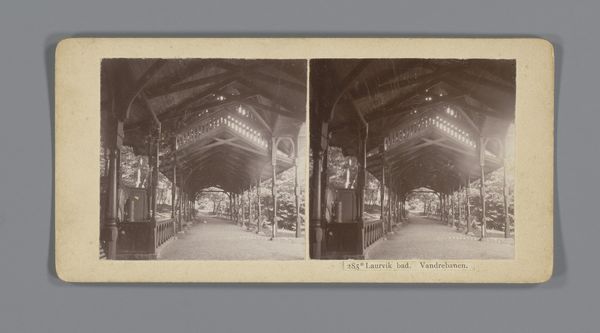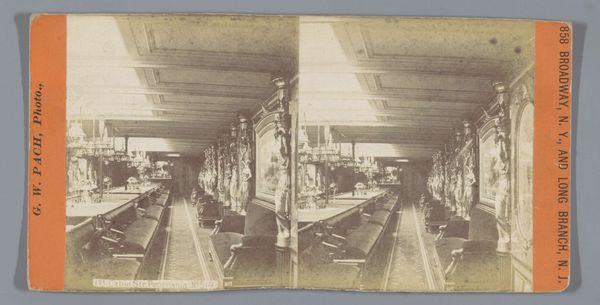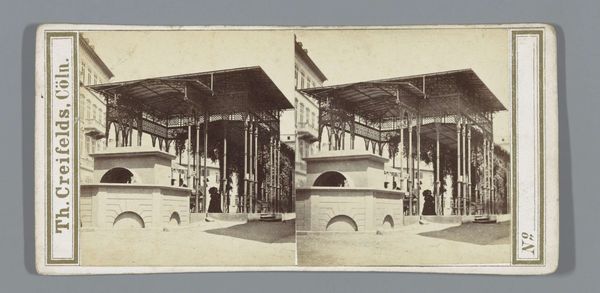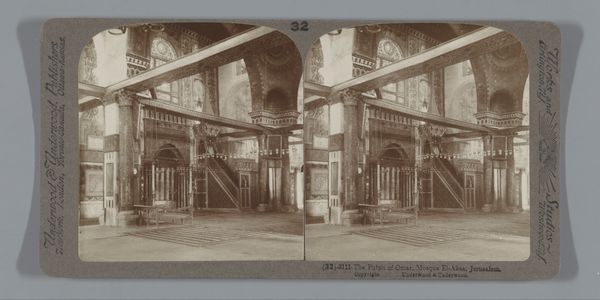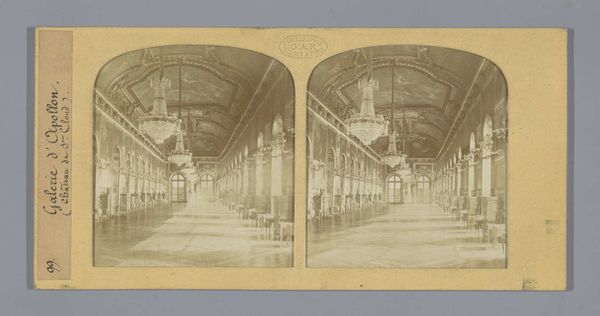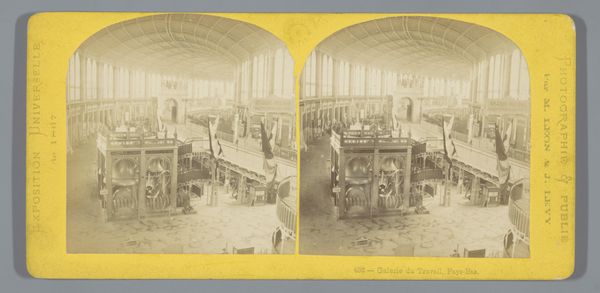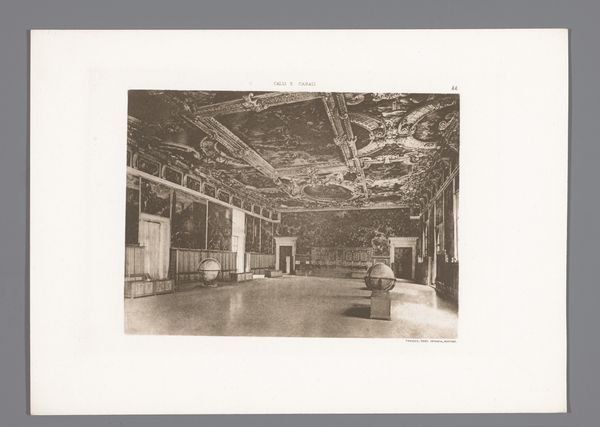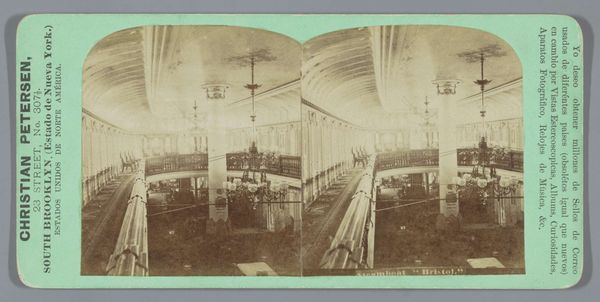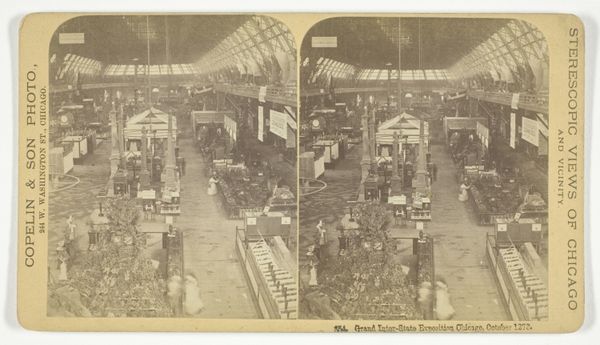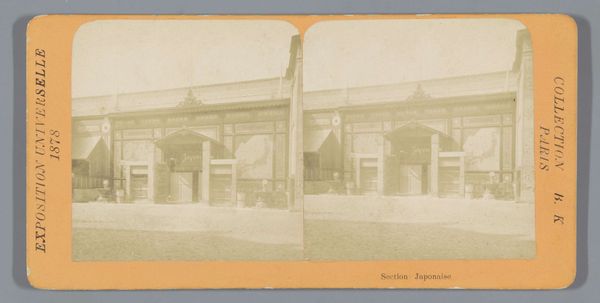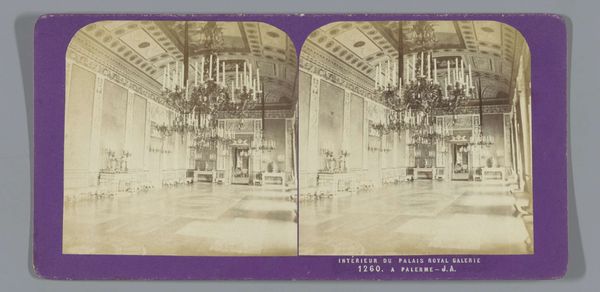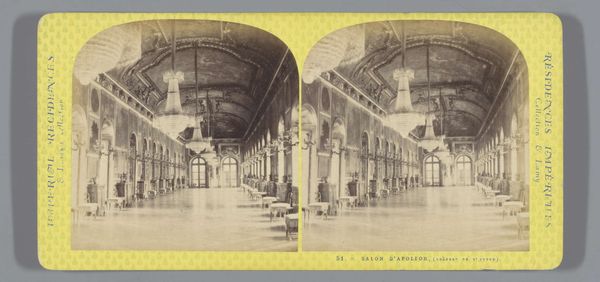
#
toned paper
#
pencil sketch
#
charcoal drawing
#
charcoal art
#
handmade artwork painting
#
coffee painting
#
watercolour illustration
#
pencil art
#
botanical art
#
watercolor
Dimensions: height 86 mm, width 175 mm
Copyright: Rijks Museum: Open Domain
This photograph from 1878, captured by Johann Friedrich Stiehm, shows the Schilderijengalerij in the Berliner Stadtschloss. The eye is drawn to the cherubic figures adorning the arched ceiling, a motif with roots stretching back to antiquity. These cherubs, or putti, are not merely decorative; they're symbolic carriers of emotions, ideas, and cultural values. We see them in Renaissance paintings, Baroque sculptures, and even in advertisements today. These figures once conveyed religious ecstasy or divine love. Over time, they have evolved, often secularized, to represent innocence, playfulness, or romantic love. Such recurring images demonstrate a fascinating connection between the human psyche and our visual world. It is a reminder that images are never truly static, their meanings in constant flux, evolving and adapting to new cultural contexts. These motifs resonate on a deep, subconscious level, engaging viewers with their enduring symbolic power.
Comments
No comments
Be the first to comment and join the conversation on the ultimate creative platform.
